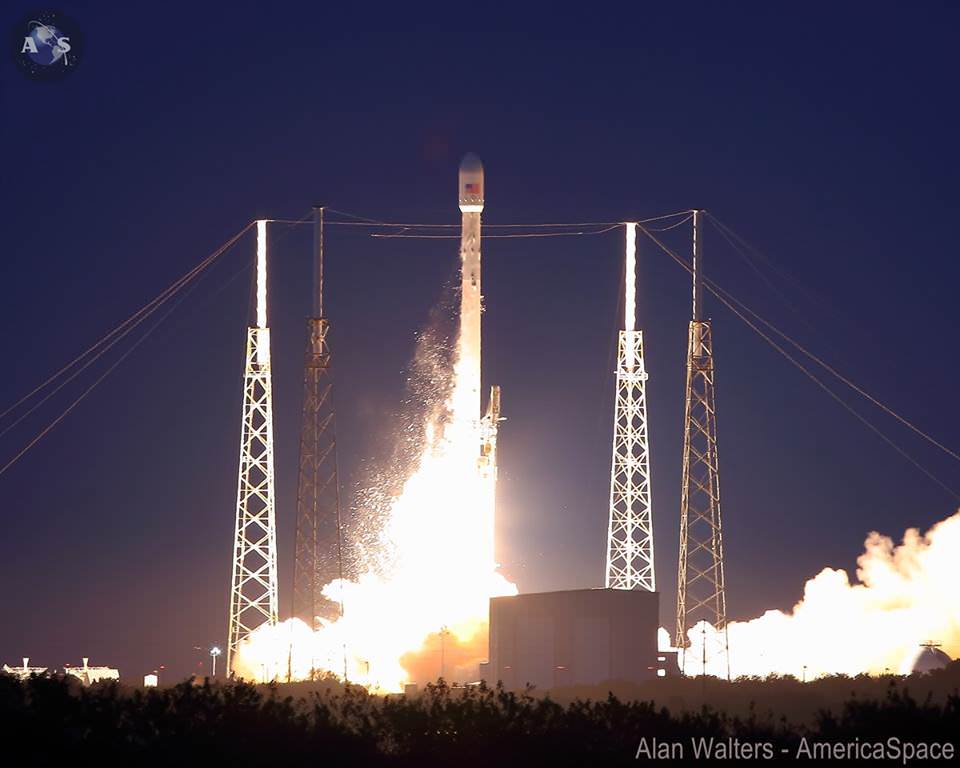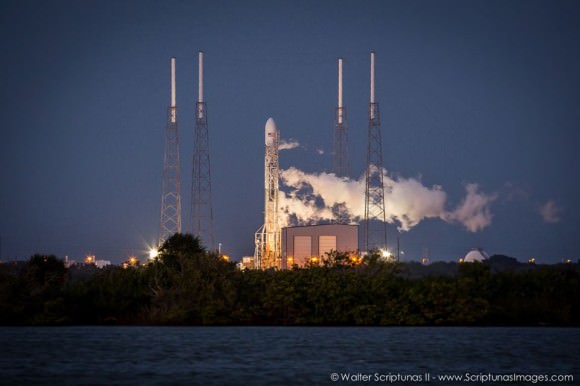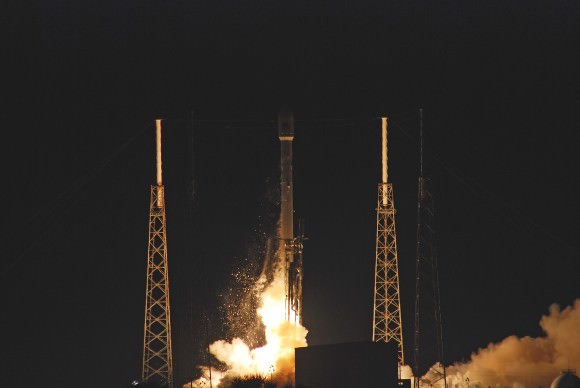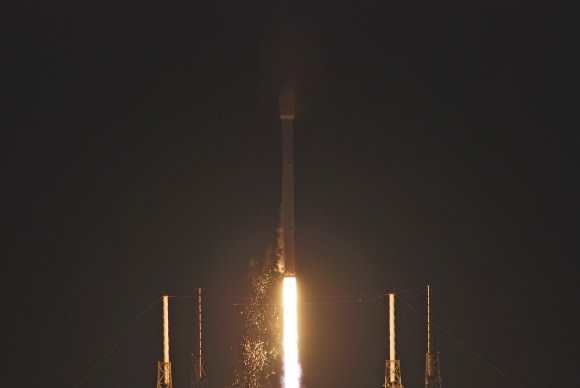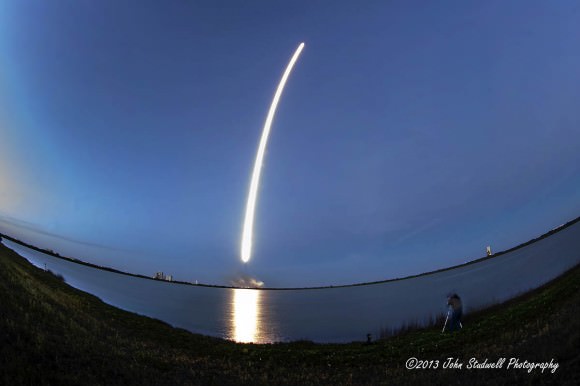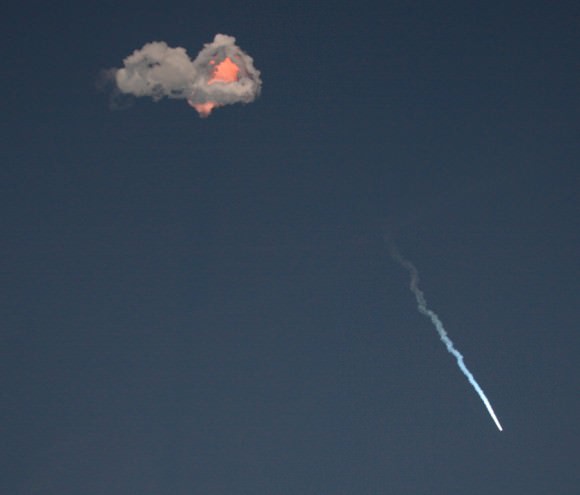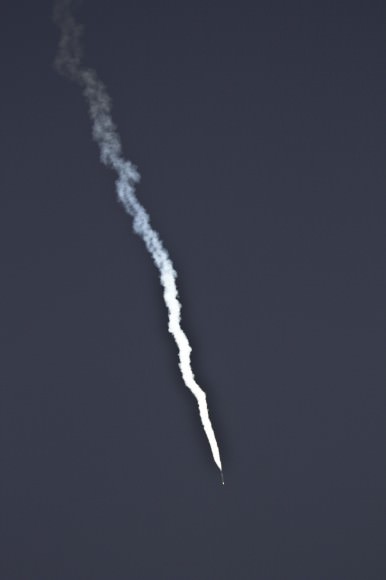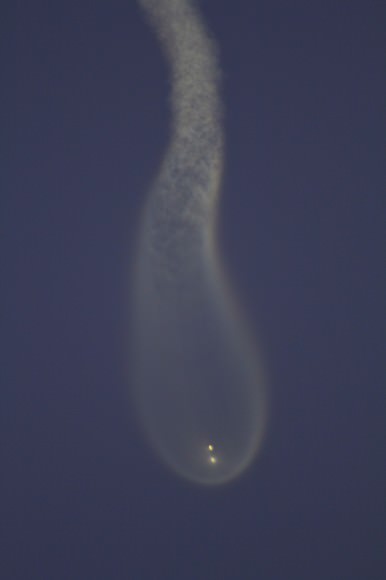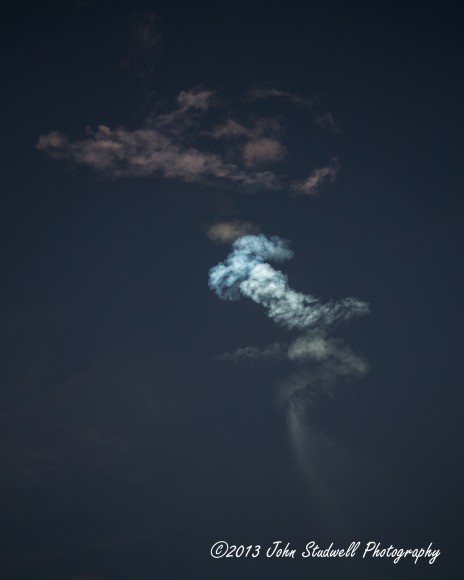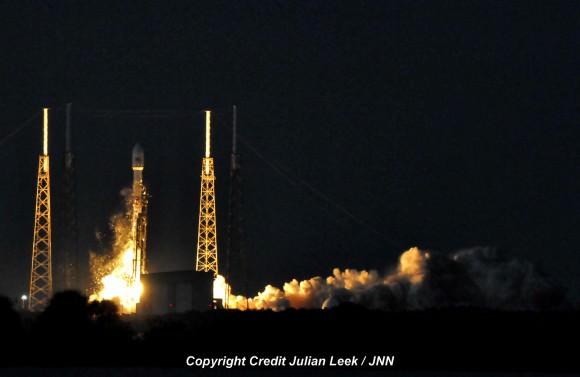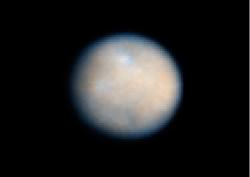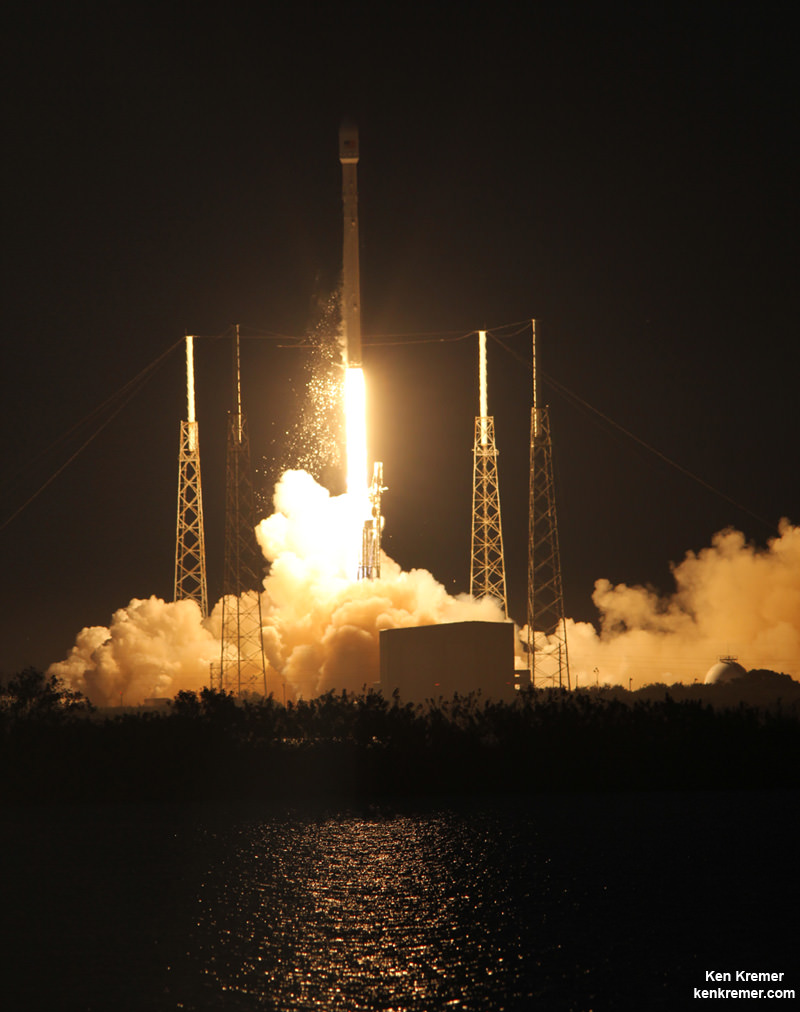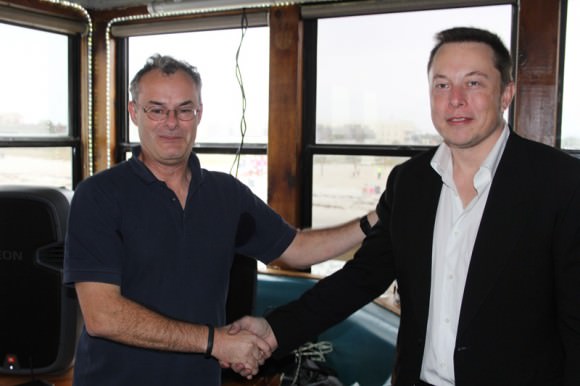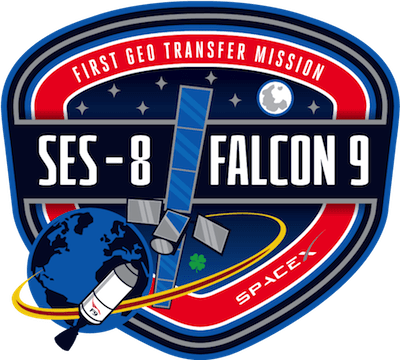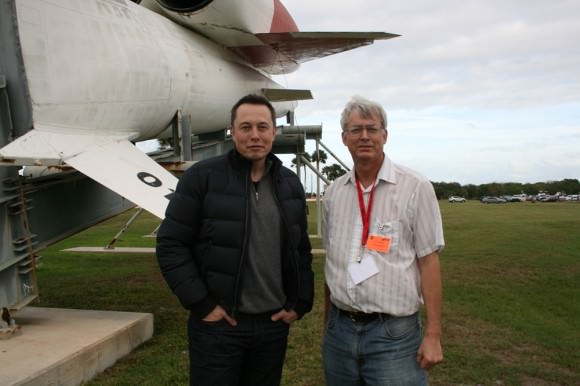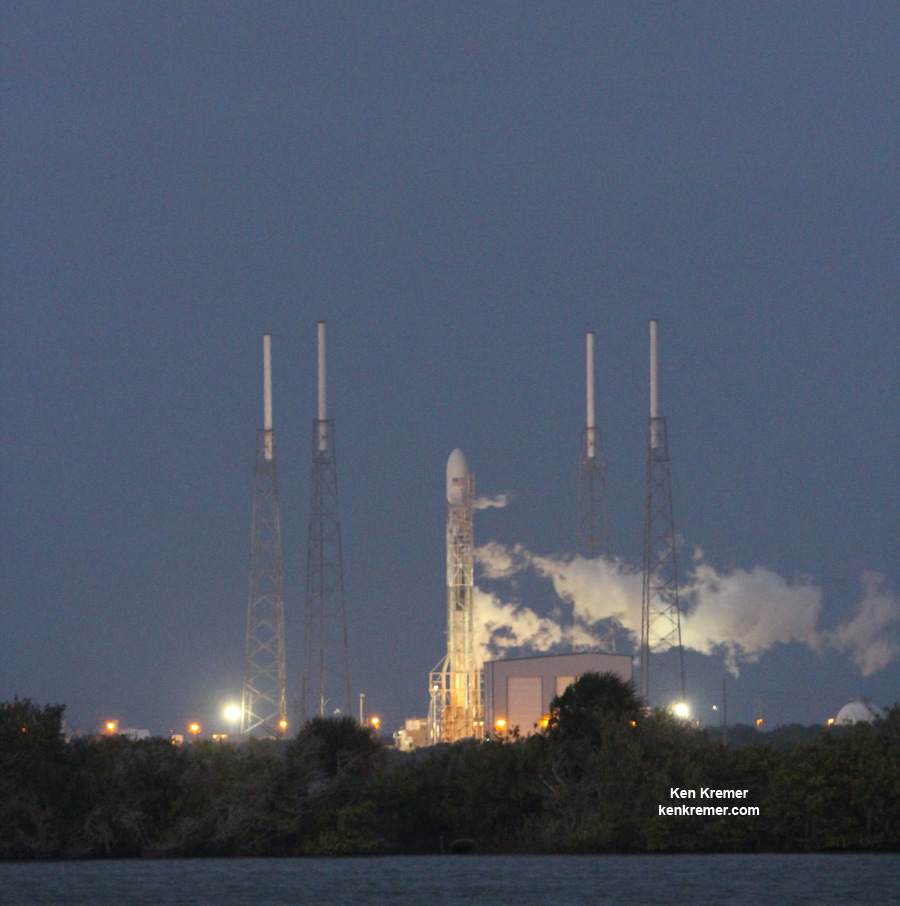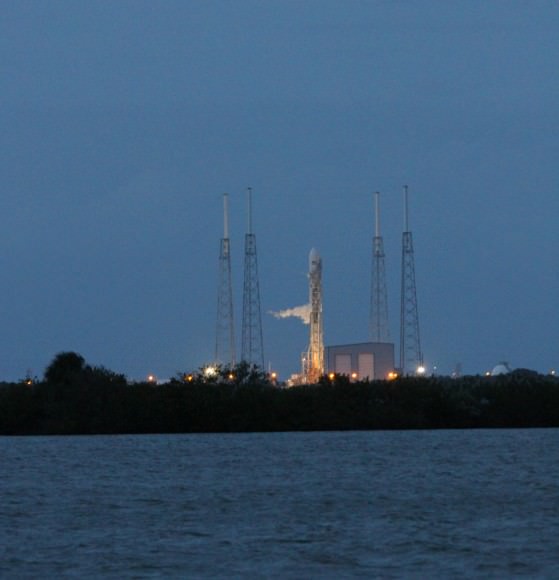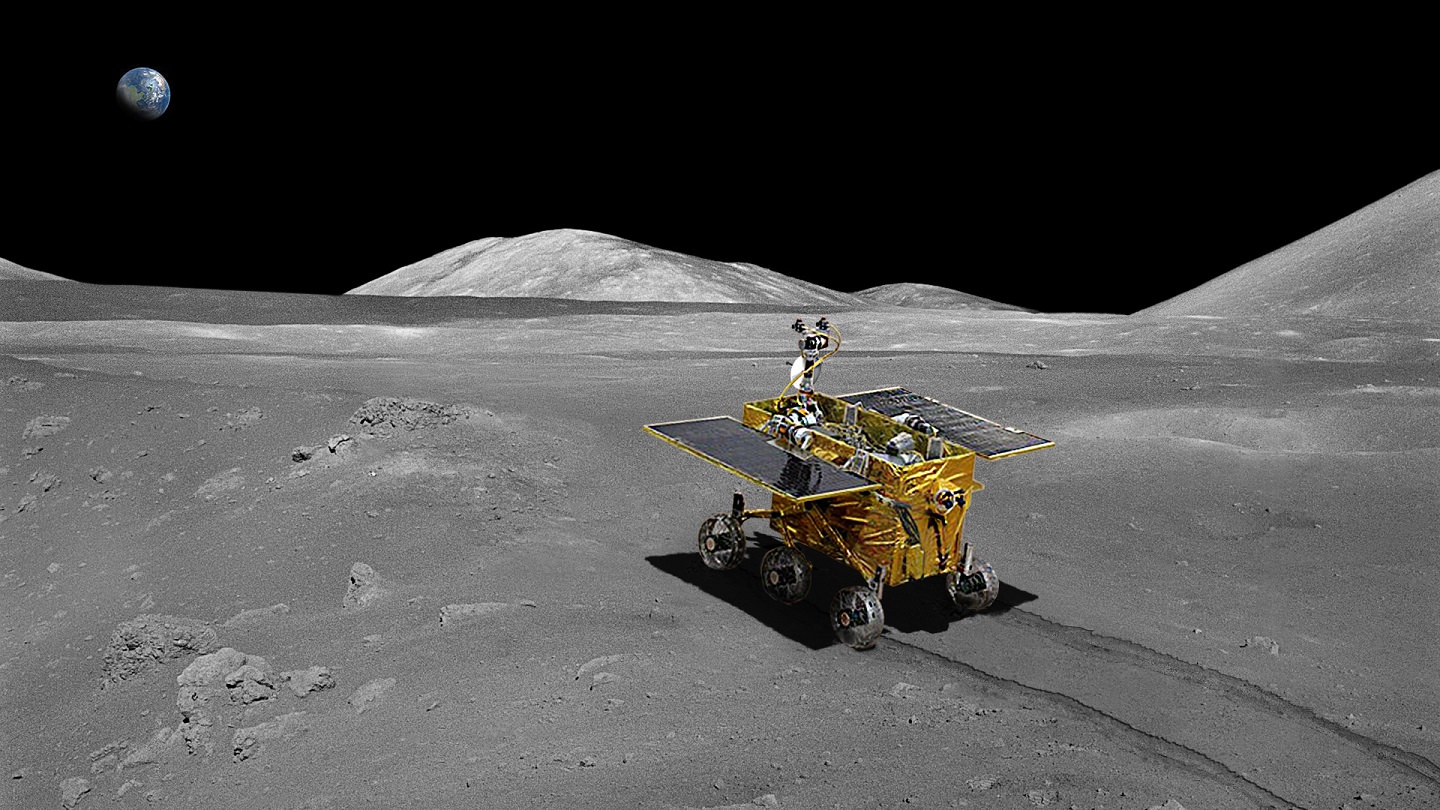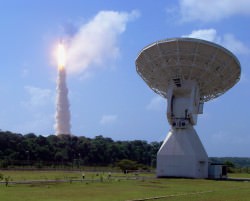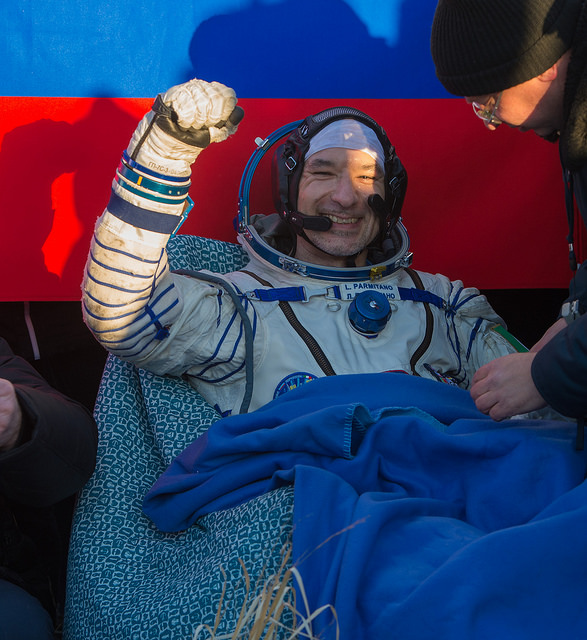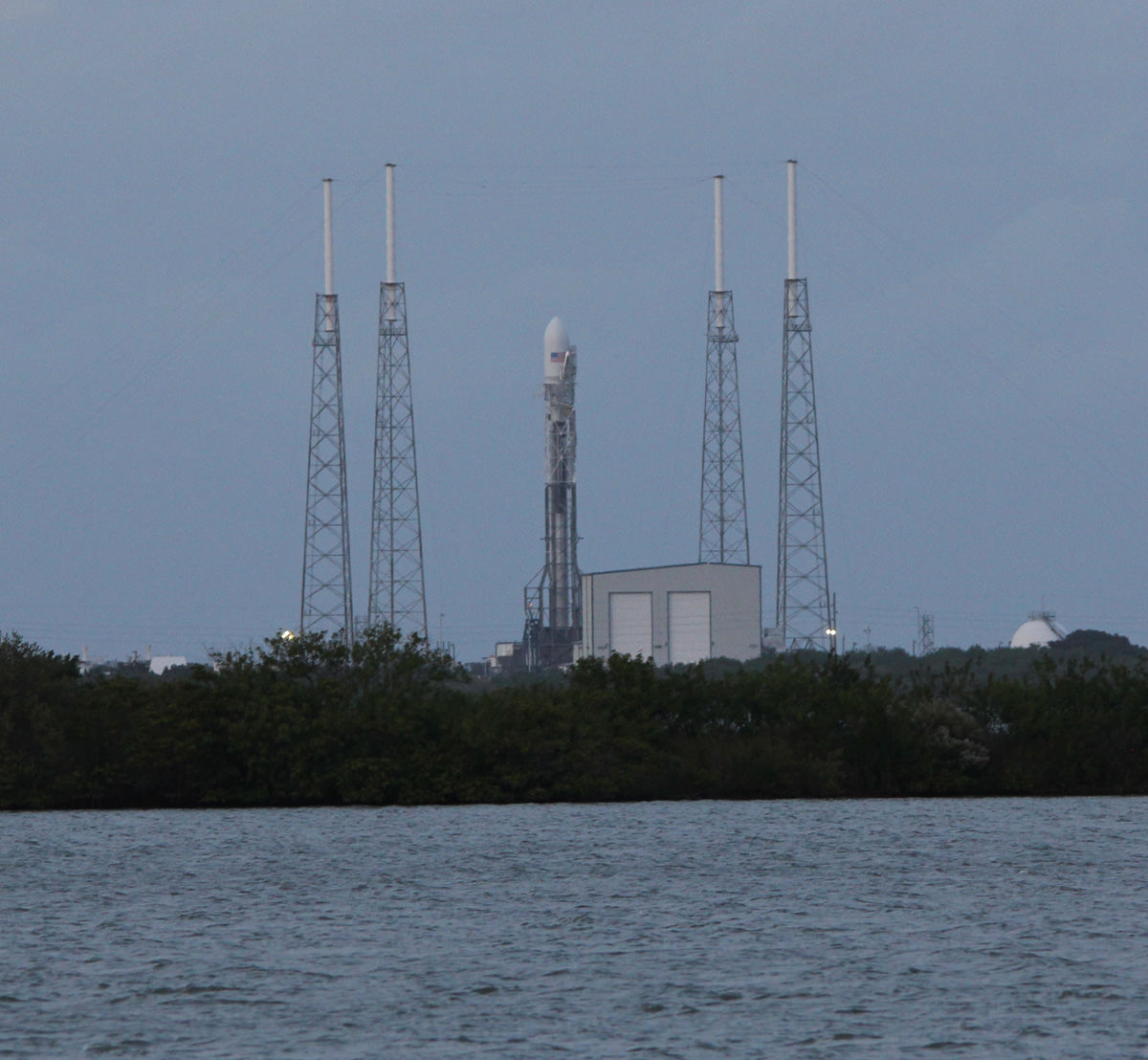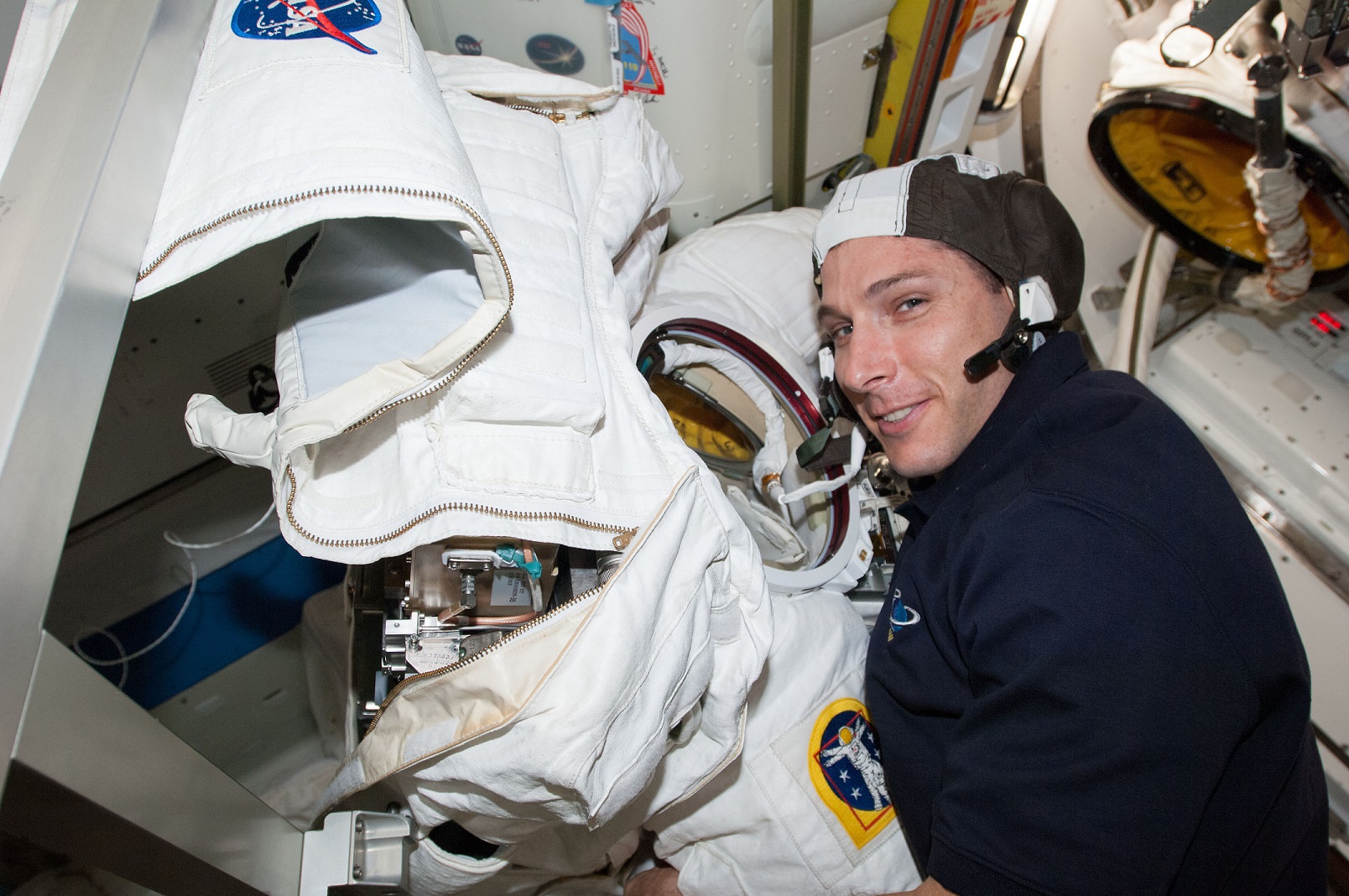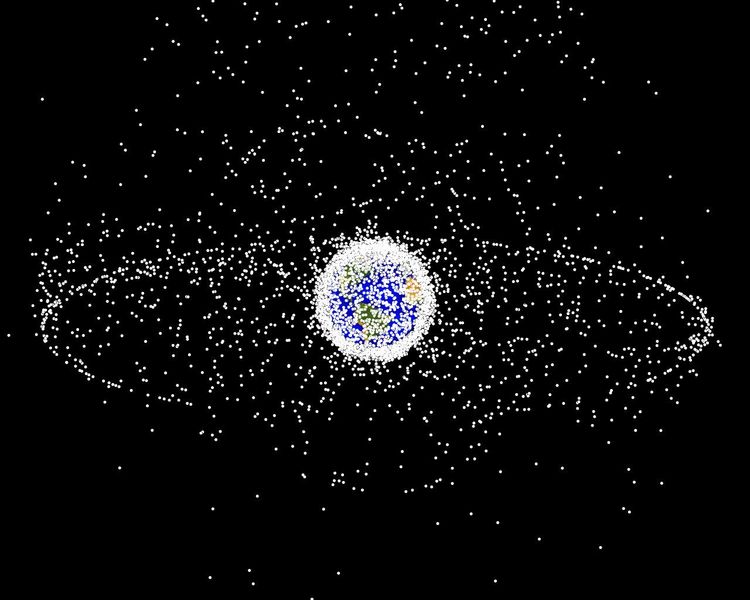A raging hurricane is creating a “suck zone” at Saturn’s north pole. The handy Cassini spacecraft recently captured a bunch of images of the six-sided jet stream surrounding the storm, which mission managers then put together into an awesome animation showing the wind currents shifting. (You can see the animation below the jump.)
The feature is pretty in a picture, but NASA has a special interest because there is nothing else like this anywhere in our solar system, the agency stated. The immense storm stretches 20,000 miles (30,000 kilometers) across with winds whipping in its jet stream at 200 miles per hour (322 kilometers per hour). And despite all the turbulence, the storm is staying put at the north pole for reasons scientists are still trying to understand.
“The hexagon is just a current of air, and weather features out there that share similarities to this are notoriously turbulent and unstable,” said Andrew Ingersoll, a Cassini imaging team member at the California Institute of Technology in Pasadena. “A hurricane on Earth typically lasts a week, but this has been here for decades — and who knows — maybe centuries.”
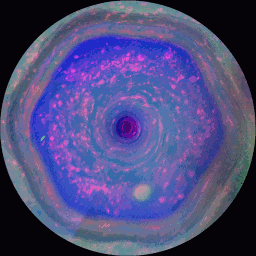
Cassini has been orbiting Saturn since 2004, but it’s only since last year that it’s been able to peer at the hexagon with much success. That’s because the angle of the sun is finally favorable to peer at the storm. This has allowed scientists, for example, to look at the types of particles inside. They discovered that the jet stream is a sort of barrier around the storm, delineating a location with a lot of small haze particles and few large haze particles. (It’s the opposite outside of the jet stream). Scientists said it looks like the Antarctic ozone hole on Earth.
“The Antarctic ozone hole forms within a region enclosed by a jet stream with similarities to the hexagon,” NASA stated.
“Wintertime conditions enable ozone-destroying chemical processes to occur, and the jet stream prevents a resupply of ozone from the outside. At Saturn, large aerosols cannot cross into the hexagonal jet stream from outside, and large aerosol particles are created when sunlight shines on the atmosphere. Only recently, with the start of Saturn’s northern spring in August 2009, did sunlight begin bathing the planet’s northern hemisphere.”
Should Cassini have enough funding to function for a few more years, scientists are eager to watch as Saturn gets to its summer solstice in 2017 and the lighting gets even better around the north pole.
NASA also held an interesting Google+ Hangout yesterday (Nov. 4) about Saturn and the Cassini mission that featured Carolyn Porco, director of the Cassini Imaging Team and the Cassini Imaging Central Laboratory for Operations (CICLOPS). The whole video below is worth a watch, but here’s a little tidbit to let you know some of what was talked about:
“If you took all the mass of Saturn’s rings and recomposed it into a moon, it would be no bigger than Enceladus, so it’s a big spectacle coming from little mass,” Porco said. “The main rings are very thin, only about 30 feet [9 meters] thick, no bigger than about 2 stories in a modern day building. Despite the fact they are about 280,000 km [174,000 miles] across.”


